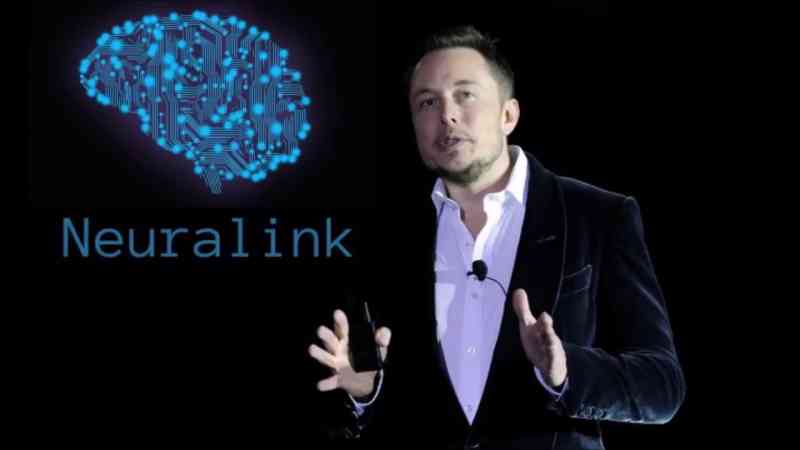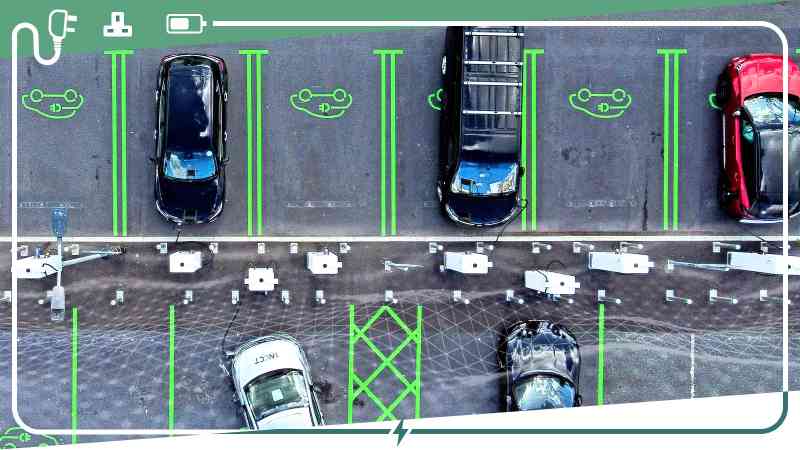AI won’t cause huge job losses if we train people properly
This is an important moment for artificial intelligence. Not only will we be on the lookout for AI-generated deepfakes in this year’s many elections, but somebody is bound to declare 2024 the “year of AI” — just as many did in 2022 and, even more so, in 2023.
They all have a point. AI became widely used in business and was starting to be used in government last year, and that trend is continuing. Generative AI, deep-learning models that can produce high-quality text and images, is sweeping through many sectors of the economy.
The mention of AI, apart from the fears it raises about misuse, brings an age-old question back to the fore. Will this be a technology that not only renders many jobs obsolete, but also leads to a big and sustained rise in unemployment?
That may seem a distant fear when the labour market is tight and the unemployment rate below 4 per cent — admittedly, on official figures that come with a health warning — but it is a question that needs to be asked.
For me and most economists who have examined this question in the past, the usual answer is: why should this time be different? Technological advances in the past have not prevented a steady rise in the number of people in work, over decades, even centuries. It will be the same, we tend to argue, with AI. Some jobs will disappear, as they always have, but many others will be created and the technology will not result in mass unemployment.
If there is a concern about this view, it is that the way this has worked in the past is that there has always been an expanding sector to create the jobs destroyed by technology. When mechanisation replaced most jobs in agriculture, there were opportunities in manufacturing and mining. When automation, structural change and lack of competitiveness wiped out employment in these sectors, a fast-expanding services sector was there to take up the slack.
What happens, though, when it is service sector jobs that are most exposed to this latest technological wave? This is one of the gauntlets thrown down by a good new report on AI from the Institute for Public Policy Research (IPPR). The other, in the report Transformed by AI: How Generative Artificial Intelligence Could Affect Work in the UK, and How to Manage it, by Carsten Jung and colleagues, is the sheer speed with which AI is spreading, which they argue is significantly faster than other technologies.
“Our central take is that, with the advent of generative AI, the game has changed,” the report says. “Rather than having to reason about possible future technical capabilities, a technology now exists that has been proven to produce high-quality outputs that are often indistinguishable from human ones, in a fraction of the time that a human would take, across a wide range of applications.
“It can hardly be overstated what an astonishing achievement this is. It was until recently thought to be feasible only in the distant future. And given many knowledge work processes are already digitalised, in many cases it does not require huge process changes or capital investments to introduce AI to these processes. The speed of adoption is likely going to be faster than during past technological waves.”
There are some interesting numbers to back up the report’s arguments. After analysing 22,000 different job tasks in the UK, they find that 11 per cent of jobs would be immediately affected simply by plugging generative AI into existing processes, and that back-office and administrative roles are most exposed, including personal assistants and secretaries, typists, data-entry administrators, writers and translators and marketing associates. This is the “low-hanging fruit” of AI but could nevertheless result in significant job displacement, particularly of low and medium-paid occupations, and those mainly done by women.
Much bigger effects — five times as many, 59 per cent — occur if generative AI is fully integrated into the economy, and in this case the impact is on higher-paid jobs, including finance officers, brokers, tax experts and IT managers.
As for the macro effects, the IPPR report sets out three broad scenarios. The most optimistic, which it describes as an “augmentation only” scenario, is when AI is used and integrated into the economy, but its effect is to make existing workers much more productive rather than displacing them, boosting gross domestic product (GDP) and productivity.
A second scenario, which is far gloomier, is described as “displacement only” and in this case AI, even when fully integrated into the economy, does not boost GDP but does displace many millions of workers, 7.9 million of them, resulting in the UK’s biggest-ever unemployment problem.
In between these two is the IPPR’s central scenario, in which GDP and productivity are boosted but 4.4 million jobs are lost, a big negative employment hit.
It is an interesting way of looking at it, and raises big questions, the most important of which is whether this time is really different and the impact of technology on jobs will be greater. I think I still have to be convinced that generative AI is sweeping through the economy quite as rapidly as the authors suggest.
The challenge AI creates, though, is that there must be the people to do the jobs that emerge from it (and which could outnumber the jobs destroyed), which is why you need a strategy to deal with it.
The UK government, I should say, does have an AI strategy, as well as a prime minister who likes to think of himself as a bit of a tech bro, and who hosted an AI summit last year, which included a somewhat excruciating interview with Elon Musk. Depending on what happens in the election, Nick Clegg, the former deputy prime minister, may find that he is no longer the most senior former British politician in Silicon Valley.
The national AI strategy, published in September 2021, set a ten-year ambition to make the UK a global AI superpower. There is nothing wrong with a bit of ambition, but the strategy document was fronted by Kwasi Kwarteng, then secretary of state for business, energy and industrial strategy, and Nadine Dorries, secretary of state for digital, culture, media and sport. I wonder what happened to them, and I wonder what happened to the industrial strategy.
That said, the AI strategy document did press some of the right buttons. It promised to lure the best AI talent to the UK, and it recognised that there is already a skills gap, with 35 per cent of companies even then saying that they did not have employees with the right technical skills to properly use AI.
It is a fair point. We should not just blithely assume that the opportunities created by AI will be grasped and that there will be a smooth transition as workers move into roles that embrace the technology. The UK already has a skills problem. The danger is that it will become even more acute.
AI need not lead to a big unemployment problem, and this time really would be different if it did. But unless people are trained properly, which has not always been the norm in this country, far from it, the risk is that too many will be left behind, and AI’s potential squandered.
PS
Population statistics are always fascinating, and the latest official estimates from the Office for National Statistics did not disappoint. They showed that the UK population in mid-2022 was 67.6 million, an increase of 6.7 per cent from the census year of 2011. If I am honest, I would have expected a bigger percentage increase.
The reason may be that England was well ahead of the pack in population growth, with a 7.5 per cent increase from 53.1 million to 57.1 million between 2011 and 2022. This was well ahead of Northern Ireland, up by 5.3 per cent, Scotland, 2.8 per cent, and Wales, 2.2 per cent.
The result of this was that England’s share of the UK’s population increased from 83.9 per cent to 84.5 per cent in little more than ten years. England is also more crowded than the other nations, with 438 people per square kilometre, well above Wales’s 151 and Northern Ireland’s 141. England’s population density is six times that of Scotland, which is just 70 people per square kilometre. It makes you long for the becks, braes and glens.
Our population is getting older. The median age of the UK population in 2011 was 39.6. Now it is 40.7. People who live in Scotland are older on average, with a median age of 43, followed by Wales 42.9, England 40.5 and Northern Ireland just 40.
You will want to know what comes next. The latest official population projections suggested that, over the 11 years from 2022, the population will climb to 72.7 million by 2033, a 7.5 per cent rise, so a slightly faster rate of increase, overwhelmingly driven by immigration.






